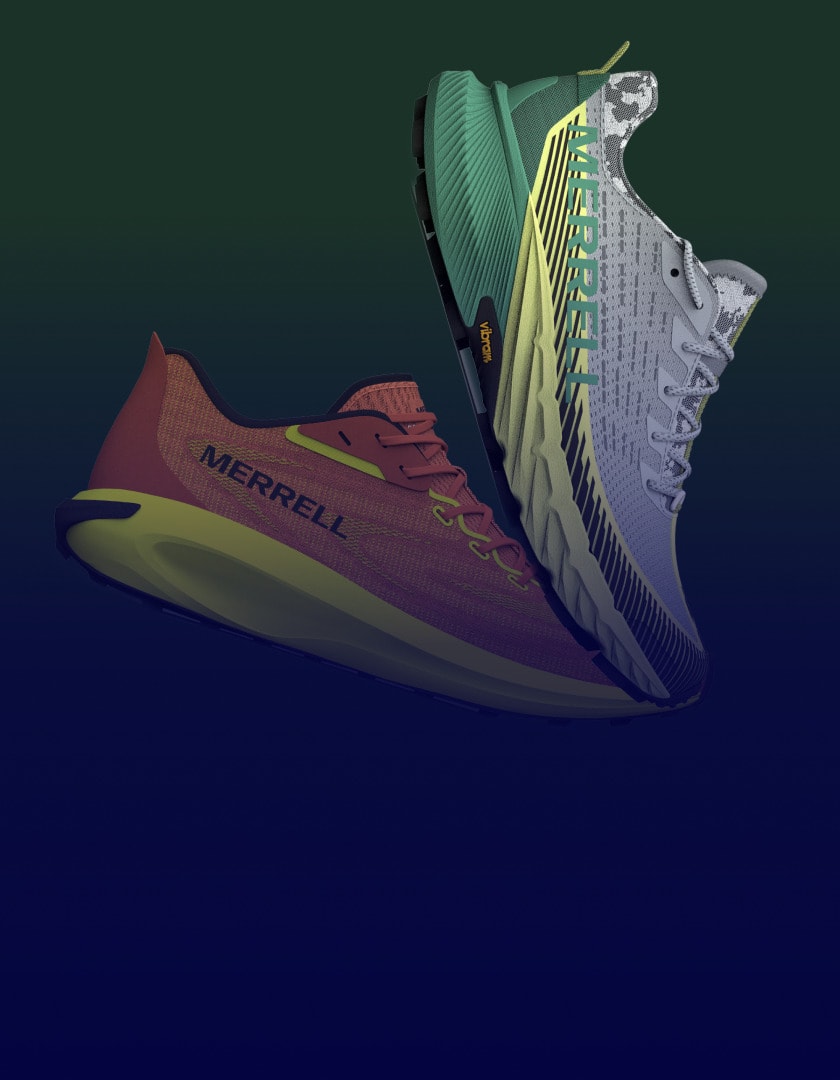Delivering What Customers Want
“Because of the agility that PLM gives us, like the reduction of time to market and product development lead time, we are now able to capture new trends. For example, with changes sparked by the pandemic, our customers want more products for indoor, at-home living. We are now able to respond and quickly adapt our collections to what our customers are asking for.”
Flávia Märtino, Product Manager at Riachuelo, explains how Centric’s Product Lifecycle Management (PLM) software was crucial to delivering the exact products consumers want. PLM enabled the company to work faster and achieve cost savings, even during a time of major market disruption.
In 2020, online retail traffic in Brazil grew an average of 39%. Riachuelo’s investment in digital transformation solutions helped the company eclipse the country-wide growth. Riachuelo’s e-commerce traffic grew 249% and sales increased by 124%.

From the Beginning
Riachuelo is the third-largest department store chain in Brazil and is part of the Guararapes Confecções Group. In 1947, brothers Nevaldo Rocha and Newton Rocha founded the Guararapes Group with a textile store named The Capital. Four years later, they opened a small factory and established new points of sale. In 1979, Guararapes Group acquired the chains Riachuelo and Wolens, expanding operations to apparel retail. In the 1980s, Riachuelo adopted a fast fashion format, bringing well-known designers to its clothing collections, such as Ney Galvão, Daslu, Versace and Karl Lagerfeld.
Today, Riachuelo has more than 300 stores and 40,000 employees and operates the largest industrial facility in Latin America. This expansion came without losing sight of the brand’s main purpose: delivering quality, fair-value fashion to consumers.
Märtino says, “Riachuelo is a fashion retail company. It has annual sales of approximately 8 billion Real (about 1.4 billion USD) a year. Today, our business model is vertical, so it ranges from producing the thread used to make fabrics, weaving the fabrics, on to the final product. So, we have an extensive supply chain, from product development through to purchasing, logistics and transportation.”
Links in the Chain
Given Riachuelo’s large number of users, the roll out of Centric PLM™ was carefully planned throughout all stages of product development—from merchandising to sourcing, from management to design.
Leandro Silva, Sales Director for Centric Software in Brazil, says, “Each area had its own way of working with its own tools and spreadsheets. Standardization of all of that was a point of contention. People didn’t want to change their own processes. Instead, they wanted others to adapt to their standard. We frequently come across this, but in big companies with multiple departments, the challenge is greater.”
Centric’s team also set out to study the company’s product development workflows due to the verticalization of the business. Centric PLM serves many types of organizations. As Silva explains, “We have all kinds of customers. Customers who are purely retail, customers with or without manufacturing, customers who locally source, customers who import, and customers who source one part and produce another. Riachuelo has it all.”
Standardizing Processes Down to the Last Detail
Centric Software® is an out-of-the-box solution designed and continuously innovating using years of industry knowledge and digital transformation expertise. Centric’s unique Agile Deployment methodology means that the platform is configurable and can be adapted to the business realities and requirements of individual organizations right during the deployment.
When the team started planning Riachuelo’s workflows, Centric PLM was able to meet all potential configurations of their product development processes. Märtino says, “I think one of the biggest benefits is process standardization—obviously taking into account that the characteristics of each product category are different. Centric PLM is extremely flexible in the management and control of the entire workflow. You have full control of your process, and it is updated online. So, everyone always has the latest information. As a fashion company, this has always been very difficult.”
With Centric’s real-time access to product, people and departmental information, Riachuelo can simulate different scenarios before making strategic and sourcing decisions. Märtino explains, “I can do all the product creation, development and the quotation with an external supplier, simulating how much that product would be in the factory. This flexibility gives us a ‘make’ or ‘buy’ scenario, as we call it. It’s a very big benefit and improves our product margins.”

The benefits of standardization capabilities extend even further. The recent increase in online shopping made size standardization a priority for consumers who couldn’t use fitting rooms. Märtino explains that Centric PLM stands out again. “You can make a standard product fit and measurement chart, with pre-established standardized patterns inside the system, which makes the customer feel more secure when they buy online. They know that the one brand will always fit in that size, so this has also increased purchases via digital channels. The customer has confidence that when they buy a medium Shirt, that medium will always work,” says Märtino.
Sustainability and Productivity
In addition to style, color, and material libraries, which facilitate design and production compliance, Centric PLM features industry-leading Adobe and 3D tool integrations. These integrations are important because they connect all functions, including suppliers, in the product approval process. In a pant sampling cycle, for example, it takes two to four iterations before that item is approved for production. This involves time and logistics, with trucks delivering the material used to make the garments and also the sample pieces themselves from one location to another.
When streamlining and facilitating communication with those who are producing these samples, you save time, effort and material, and you have much more precision when producing the item. You can even decide not to make physical samples or only one sample, since the 3D renderings are so realistic.
Creativity in the Palm of Your Hand
Centric PLM is a cloud-based solution, enabling users to update information from anywhere in the world. In addition, there are mobile apps that work from research to retail, accelerating product development.
Riachuelo uses six apps that add mobility to the design and R&D process. Märtino explains one of the features of the apps: “On a research trip, the team can capture an image of a store window display from anywhere. It goes directly into PLM—and the team will immediately be able to work from the image itself. We also have an app to do all the product testing and an app to do all the material research. So, I can go to a fair, take a picture of a fabric, and the designers will be able to apply that texture to a new product on the spot.”
It is also possible to test the product and adjust the measurement chart and the fit via the app. When the team travels to China to negotiate with suppliers, if it is necessary to make adjustments to products, the team can do so within the app.
New to Centric PLM? Learn more
Centric AI Fashion Inspiration Learn more
What is Centric Planning? Learn more
Demand Planning Learn more
What is Centric Pricing & Inventory? Learn more
What is Centric Market Intelligence? Learn more
Centric Visual Boards Learn more
















